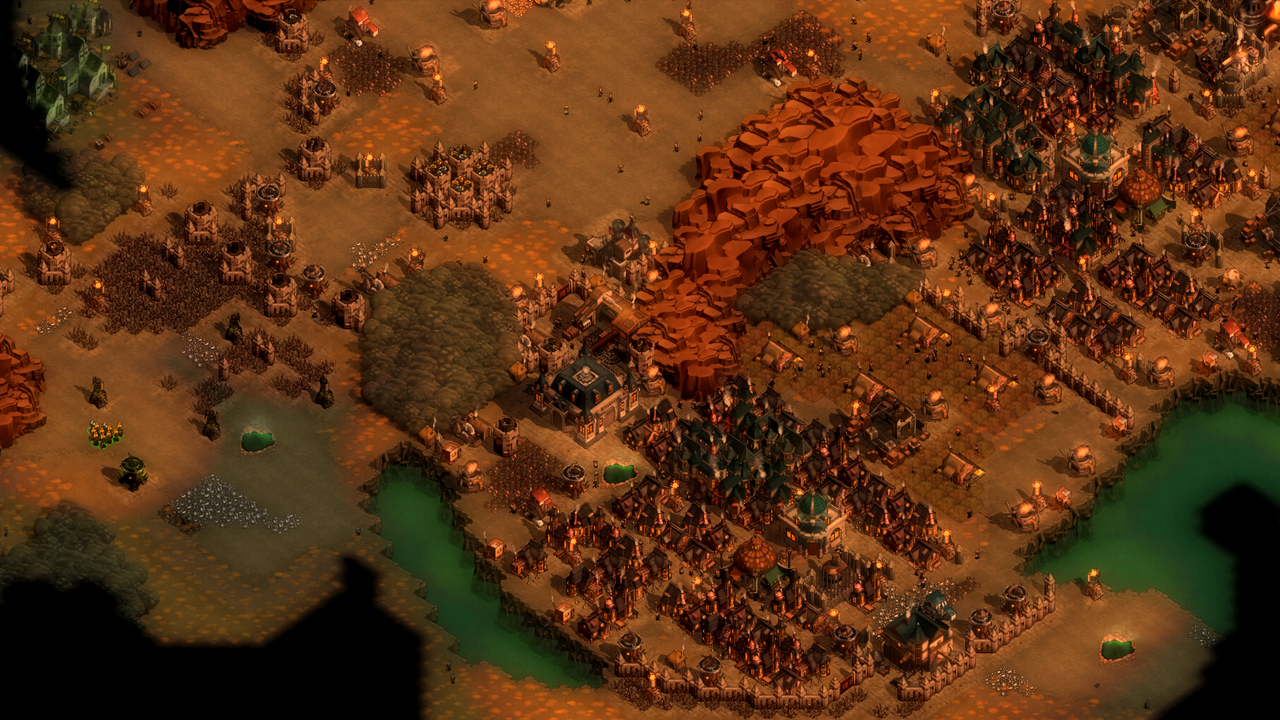



One, called LIGO, has two detectors–one in Hanford, Washington and another in Livingston, Louisiana. Scientists have built a number of these laser-based ears around the globe to listen to gravitational waves from cosmic sources. Convert all this laser vibrato to sound, and you can even hear black holes collide with a “chirp.” Shorten the laser and just like a violin string, you get a higher pitch. Instead they use lasers beamed down long tunnels, laid out like L’s, with two arms laying flat against the ground.īounced between mirrors at the ends of each arm, the lasers act like violin strings, producing slightly different frequencies as their paths through space are stretched or contracted by passing gravitational waves. Gravitational wave observatories don’t have mirrors or lenses like normal telescopes.

Now, after a long hiatus for upgrades and the COVID pandemic, the world’s gravitational-wave observatories are tuning back in to this celestial symphony In this case a pair that combined to form one over 80 times the mass of our Sun. Is a sign of a faster merger of heavier black holes… That long, low buildup is a sign of a slower, more sedate merger from relatively lightweight in-spiraling black holes.Ī more abrupt chirp, like this: Recorded, analyzed, and converted to sound, each one’s jostling of spacetime becomes its own distinctive, data-rich “chirp.” Today they have built–and are expanding–a global network of observatories that has so far detected gravitational waves from about 100 cosmic collisions. It took almost a century for scientists to prove him wrong. These waves are undulations in the fabric of spacetime that fan outwards at the speed of light, like ripples on a cosmic pond.Īlbert Einstein predicted this phenomenon in 1916, based on his theory of general relativity, but was skeptical that gravitational waves could ever be detected.Įven the strong ones from colliding black holes produce ripples roughly a thousandth the size of a proton. So what exactly are we hearing?Įach of these black holes weighs as much as several stars hefty enough that as they pass through space they make waves- gravitational waves, specifically. The tone rises as they spiral closer together, and abruptly stops when they merge.īut sound can’t travel through the vacuum of space. That “chirp” is what we heard from two black holes that slammed together about a billion light-years from Earth. And yet, this is what we hear if we listen closely. When two black holes slam together, they don’t make a sound.


 0 kommentar(er)
0 kommentar(er)
